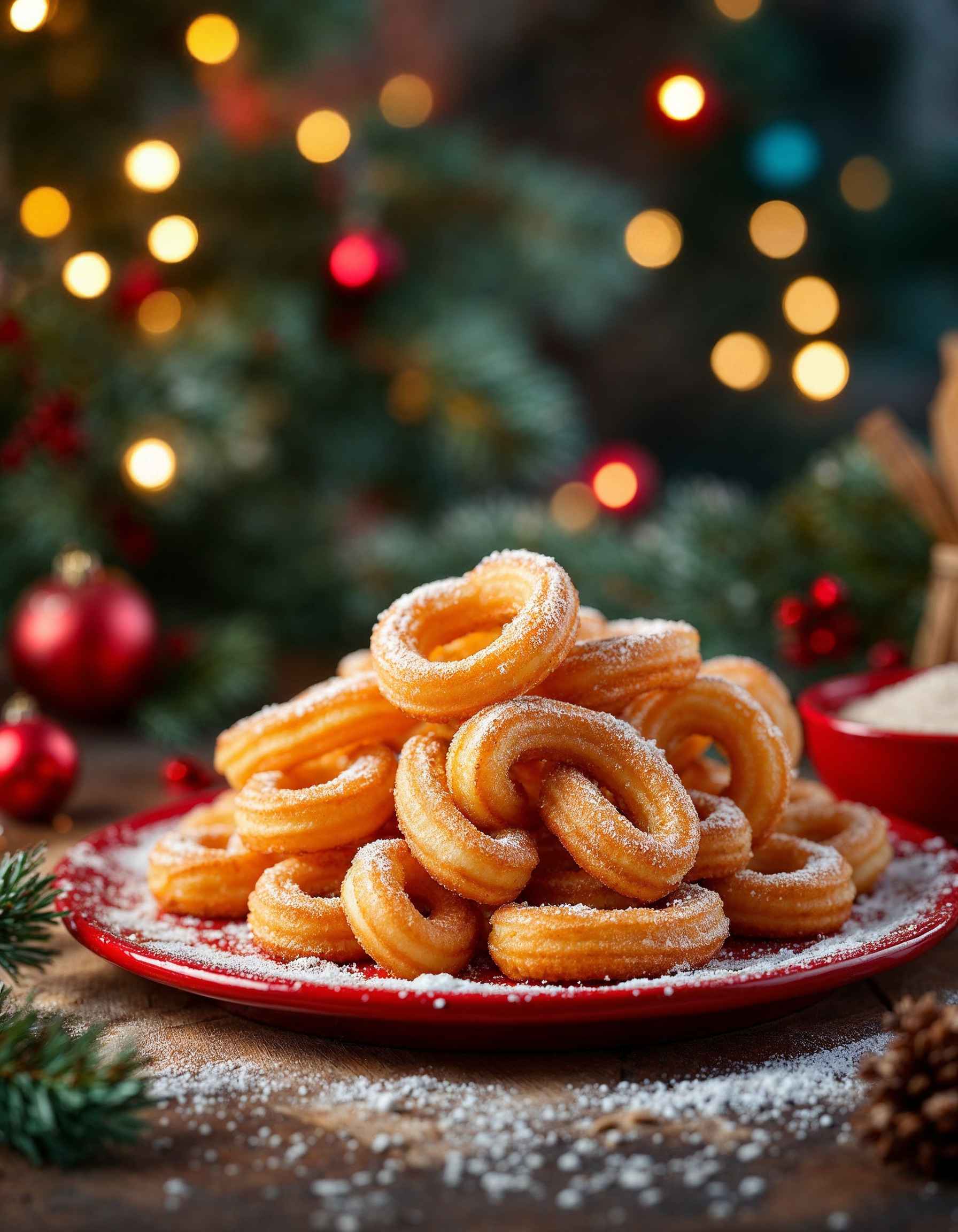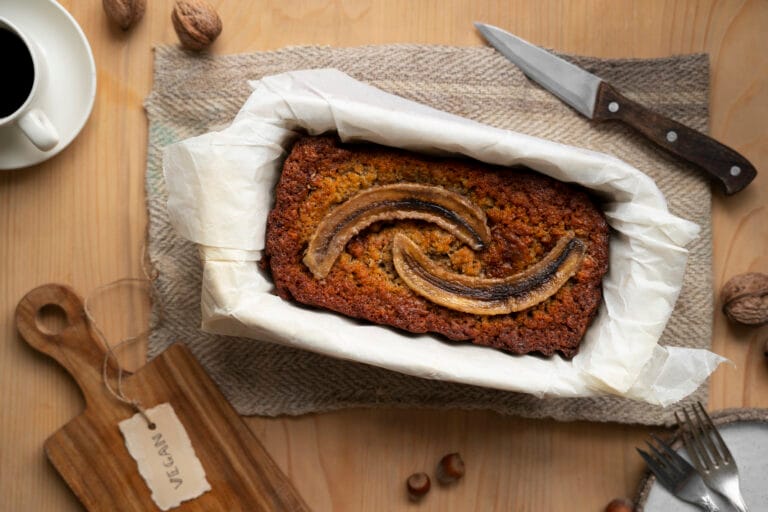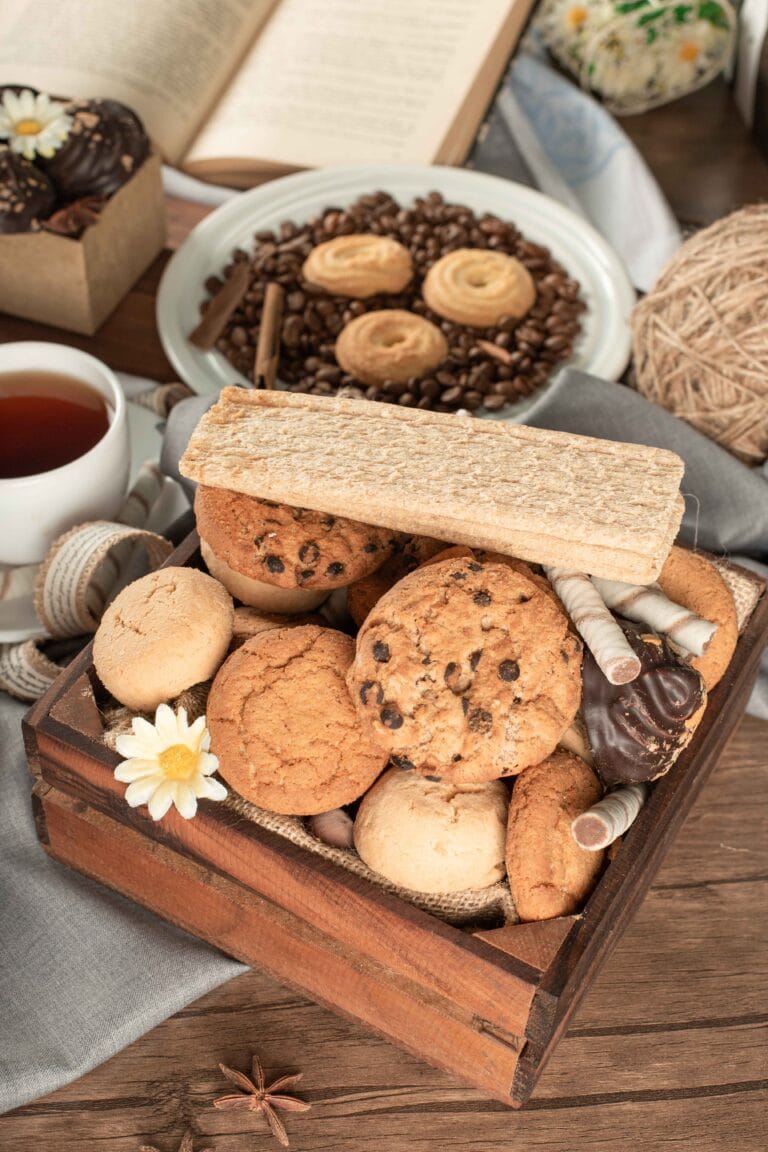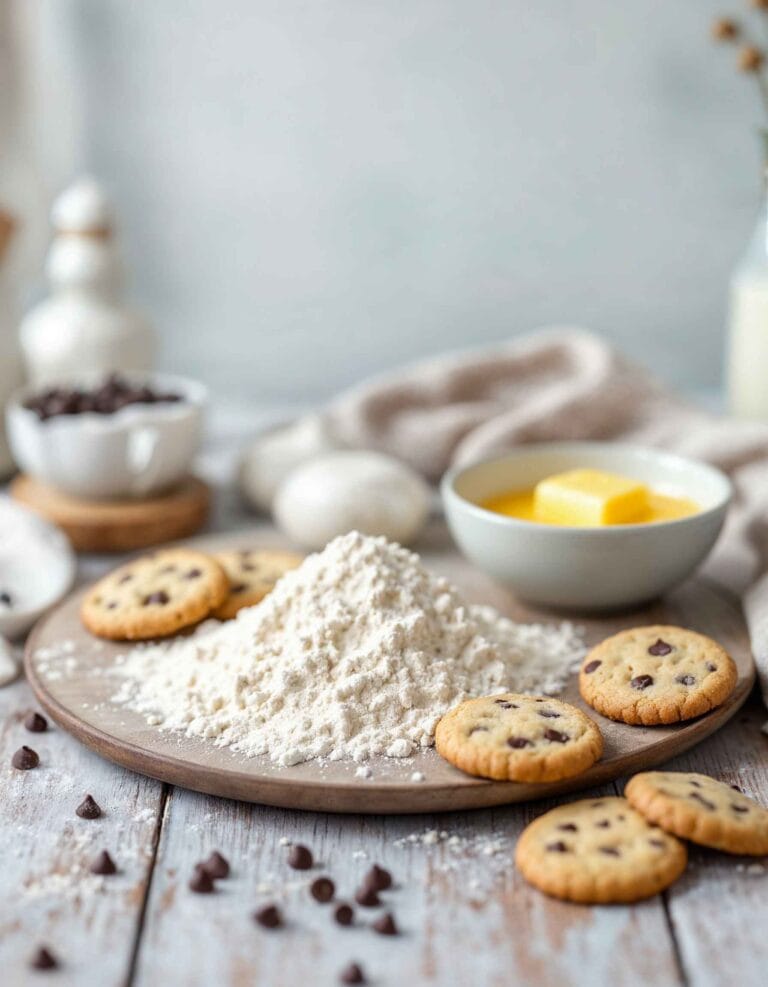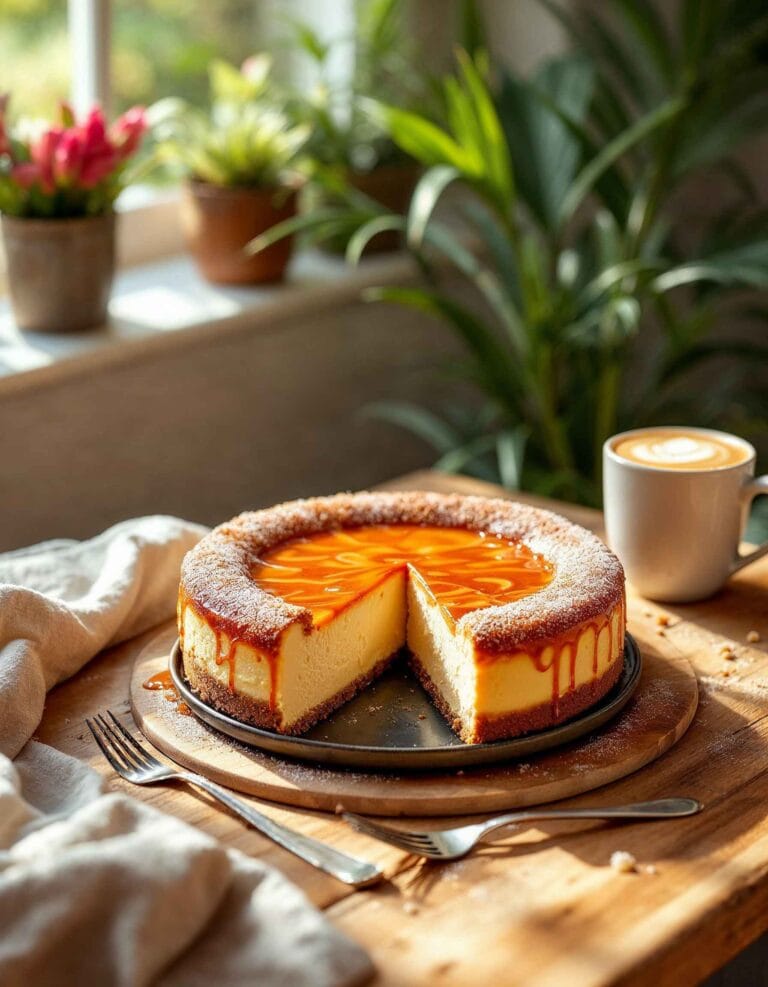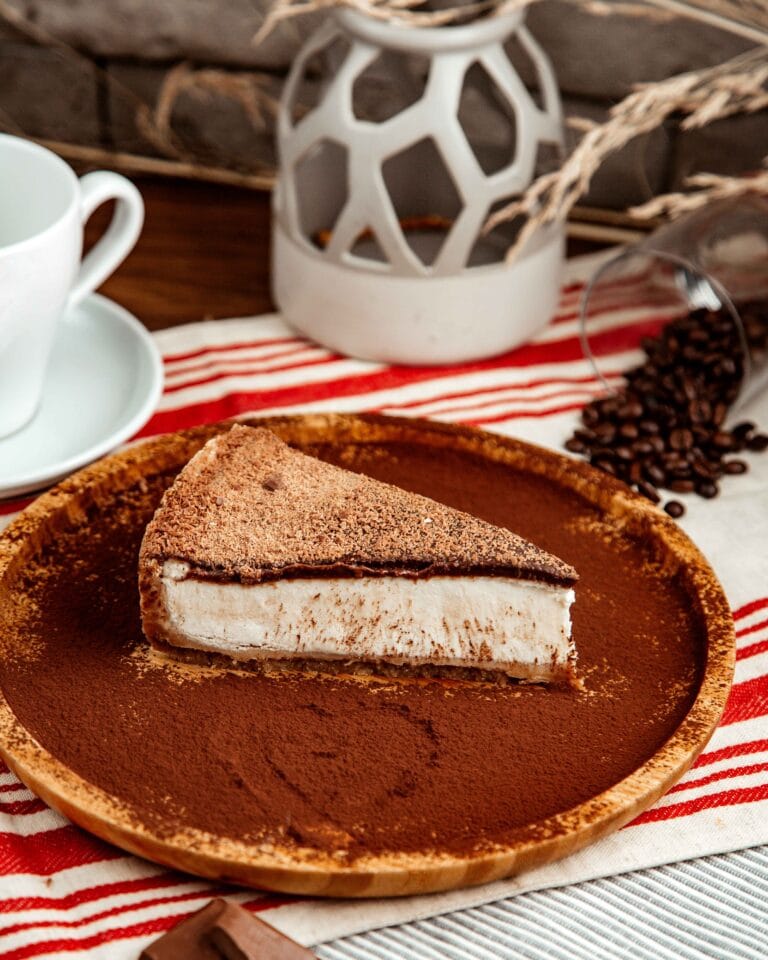What Does Churro Taste Like?
Churros are a universally loved treat, celebrated for their crispy, golden exterior and soft, tender interior. Known for their light sweetness and unique flavor, churros offer a taste experience that’s both comforting and indulgent, making them a favorite dessert worldwide.
With their simple yet delicious flavor profile, churros evoke a sense of comfort and indulgence. Whether you’ve tasted one before or are curious to try, understanding what makes churros special can deepen your appreciation for this iconic snack. In this article, we’ll explore the flavor, texture, and unique variations of churros, unraveling why they’re such a beloved dessert.
Explore this ultimate churro cheesecake recipe for a delightful fusion of flavors.
What is a Churro?
History and Origin
Churros have a rich history rooted in Spanish and Portuguese cuisine, where they are thought to have originated. Some historians trace their roots back to shepherds who made a simple dough from flour and water, frying it over open flames to create a portable and filling snack. Over time, churros gained popularity in Latin America, Asia, and beyond, evolving into the sweet treat we know today.
In Spain, churros are often enjoyed for breakfast alongside a cup of thick, rich hot chocolate. Across Latin America, they’re widely sold by street vendors and sometimes paired with dulce de leche or cajeta. Each region brings its unique twist, making churros both a traditional and versatile dessert.
Variations Across Cultures
Churros may differ slightly in size, shape, and flavor depending on where you enjoy them. For instance:
- Spanish Churros: Typically thinner and less sweet, served with a sprinkle of sugar and chocolate dipping sauce.
- Mexican Churros: Often larger and coated in cinnamon sugar, sometimes filled with flavors like caramel or chocolate.
- Filipino Churros: Similar to the Spanish version but paired with chocolate or sweetened condensed milk.
- South American Churros: Popular variations include stuffed churros with guava, dulce de leche, or custard.
Ingredients and Preparation
A churro’s magic lies in its simplicity. The basic dough, known as pâte à choux, consists of:
- Flour
- Water
- Butter or oil
- Eggs
- A pinch of salt
The dough is piped into hot oil using a star-shaped nozzle, creating the churro’s signature ridges. After frying to a golden brown, the churros are immediately rolled in sugar or cinnamon sugar for an irresistible finish.
This straightforward recipe allows for endless customizations, making churros a versatile dessert for any occasion.
Learn what makes churro cheesecake a unique and irresistible dessert.
What Does a Churro Taste Like?
Primary Flavors
At its core, a churro delivers a delightful balance of subtle sweetness and comforting richness. The dough itself is mildly flavored, allowing the sugar or cinnamon-sugar coating to shine as the primary source of sweetness. Together, the warm, fried dough and the sugary coating create a flavor that is both nostalgic and satisfying.
For those accustomed to desserts like doughnuts or funnel cakes, the flavor of a churro may feel familiar but unique. The absence of an overly sugary batter makes churros less cloying and more versatile, appealing to those who prefer light sweetness.
Texture Experience
The texture of a churro is just as important as its flavor. Freshly fried churros boast a golden, crisp exterior that provides a satisfying crunch with each bite. Beneath the crunchy surface lies a tender, airy interior that almost melts in your mouth.
This textural contrast is one of the churro’s most beloved qualities. A well-made churro achieves the perfect balance between a firm outer shell and a soft, doughy core. When paired with a dipping sauce like chocolate or caramel, the experience is elevated further, adding a creamy element to the textural interplay.
Comparison to Other Desserts
For those new to churros, it’s helpful to compare them to similar treats:
- Doughnuts: While both are fried, doughnuts tend to be softer and sweeter throughout, often glazed or filled. Churros, in contrast, focus on the crispy exterior and simple sugar coating.
- Funnel Cakes: Funnel cakes are looser and more irregular in shape, with a crunchier, flakier texture compared to churros’ uniform ridges.
- Beignets: These French treats are pillowy and powdered-sugar-coated, lacking the churro’s crispy exterior.
Churros stand out due to their blend of simplicity and decadence, making them a must-try for dessert lovers everywhere.
Variations in Churro Taste

Regional Differences
Churros may share a common base, but their flavor profiles can vary significantly depending on where they’re made. Each region adds its unique touch, whether through the dough’s preparation, the coating, or the fillings.
- Spain: Spanish churros are usually less sweet and often served plain or with a light dusting of sugar. The focus is on pairing them with thick hot chocolate, which adds richness.
- Mexico: Mexican churros are typically sweeter, thanks to their cinnamon sugar coating. They often come stuffed with caramel, chocolate, or fruit-based fillings like guava.
- United States: In the U.S., churros are a popular fairground treat, often larger and slightly chewier, with a pronounced cinnamon sugar flavor.
- South America: South American churros are often filled with local flavors like dulce de leche in Argentina or guava paste in Brazil, creating a sweet and fruity surprise.
Sweet vs. Savory Churros
While churros are most commonly associated with sweet flavors, savory versions are becoming increasingly popular. These savory churros may incorporate ingredients like cheese or herbs into the dough and are often paired with dips such as marinara sauce, creamy cheese sauces, or spiced aiolis.
- Sweet Churros: The classic option, coated in sugar or cinnamon sugar, and sometimes filled with sweet creams or jams.
- Savory Churros: Emerging as a gourmet trend, these churros feature parmesan or cheddar cheese, paprika, or even truffle oil, delivering a wholly different flavor experience.
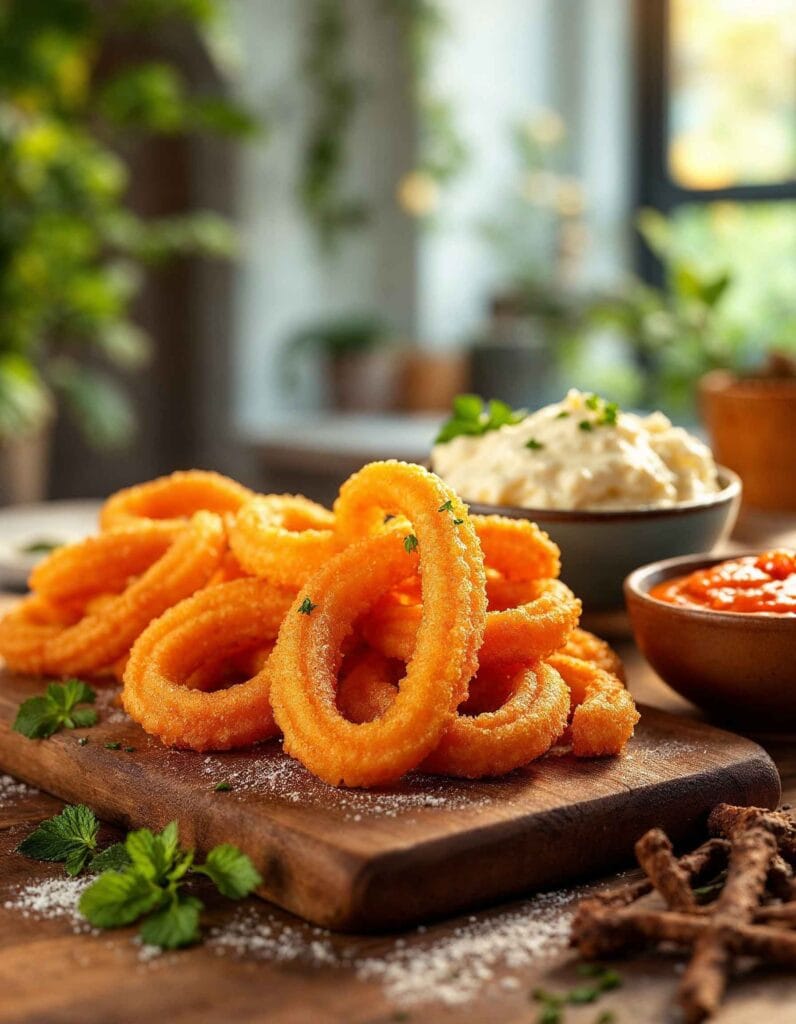
Unique Twists Like Stuffed Churros
One of the most exciting developments in churro culture is the stuffed churro. These versions are piped with fillings before or after frying, offering an added layer of flavor and texture.
Popular stuffing options include:
- Dulce de Leche: A creamy caramel-like filling that complements the churro’s sweetness.
- Nutella: Chocolate-hazelnut spread for a rich, indulgent bite.
- Custards: Vanilla or chocolate custards that add creaminess to the crispy churro.
- Fruity Fillings: Guava paste, raspberry jam, or mango purée for a tropical twist.
These innovations demonstrate the versatility of churros, allowing chefs and home cooks alike to experiment with flavors that suit their tastes.
Uncover the ingredients and cultural influences behind Mexican cheesecake.
How to Enjoy Churros
Pairing with Dips and Drinks
Churros are versatile enough to enjoy on their own, but pairing them with the right dips and drinks elevates the experience to a new level. Here are some popular pairings:
- Chocolate Sauce: Thick, rich, and slightly bitter, chocolate sauce balances the sweetness of churros perfectly.
- Dulce de Leche: A sweet caramel-like dip that complements the sugary coating of churros.
- Fruit Sauces: Strawberry, raspberry, or mango sauces add a tangy, refreshing contrast.
- Coffee or Hot Chocolate: A cup of coffee or thick Spanish hot chocolate is the classic beverage pairing, offering warmth and complementary flavors.
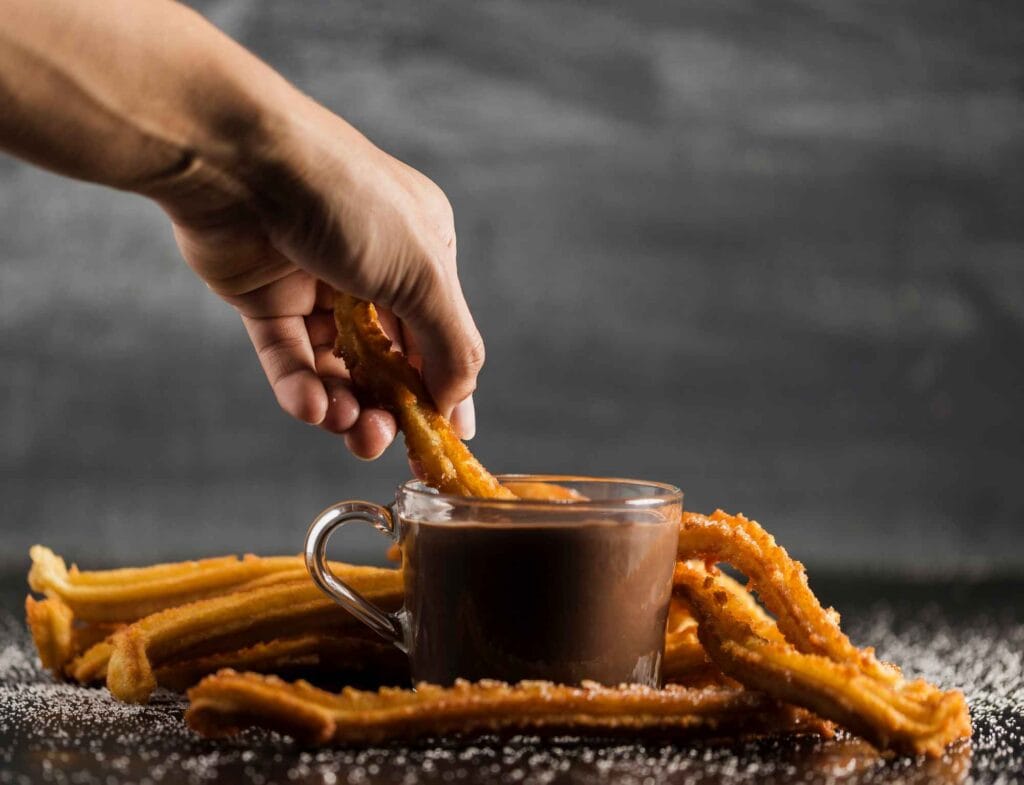
Popular Occasions for Eating Churros
Churros are more than just a dessert; they’re a treat for all occasions. From breakfast to late-night snacks, churros fit a variety of settings:
- Breakfast: In Spain, churros with hot chocolate make a traditional breakfast that’s both hearty and indulgent.
- Festivals and Fairs: Street vendors often sell churros at events, making them a nostalgic favorite for many.
- Dessert: Served in restaurants or at home, churros make a simple yet elegant dessert.
- Special Occasions: Churros are increasingly featured at weddings, parties, and celebrations as a unique dessert option.
Homemade vs. Store-Bought Churros
There’s a certain charm to making churros at home, but store-bought options can also be delightful.
- Homemade Churros: Making churros at home allows for customization, from the type of sugar coating to the choice of dips. The process requires a few simple ingredients and tools, but achieving the perfect texture can take practice.
- Store-Bought or Restaurant Churros: Restaurants and bakeries often have the equipment and expertise to deliver churros with a perfect balance of crispness and softness. Street vendors bring a sense of authenticity, often offering unique regional twists.
No matter how you enjoy them, churros remain a treat that brings joy and indulgence to any occasion.
Health and Nutritional Aspects of Churros
Nutritional Profile of Churros
Churros, like most fried desserts, are an indulgence that should be enjoyed in moderation. A typical churro contains the following:
- Calories: Approximately 150–200 calories per piece (depending on size and coating).
- Fats: Fried in oil, churros have a moderate fat content, contributing to their crispiness.
- Carbohydrates: The primary ingredient, flour, makes churros high in carbs, especially when coated with sugar.
- Protein: Minimal amounts of protein, mainly from eggs in the dough.
Pairing churros with high-calorie dips like chocolate or caramel can significantly increase their caloric content, making them a treat rather than a dietary staple.
Are Churros a Healthy Snack?
While churros are undeniably delicious, they are not considered a healthy snack due to their high fat and sugar content. However, there are ways to enjoy churros with a healthier twist:
- Baked Churros: Baking instead of frying significantly reduces the fat content while retaining much of the texture and flavor.
- Whole-Grain Flour: Substituting white flour with whole-grain flour adds fiber and nutrients.
- Natural Sweeteners: Using honey, maple syrup, or coconut sugar as an alternative to refined sugar can make churros a bit more wholesome.
Tips for Enjoying Churros Guilt-Free
To enjoy churros responsibly, consider these tips:
- Portion Control: Stick to 1–2 churros per serving to avoid overindulgence.
- Healthy Pairings: Opt for fresh fruit or low-sugar dips like unsweetened yogurt instead of heavy sauces.
- Balance Your Diet: If indulging in churros, aim to balance the rest of your day with healthier, nutrient-rich meals.
By making small adjustments, you can still savor the delightful taste of churros while keeping an eye on your overall dietary goals.
Frequently Asked Questions
How would you describe the taste of churros?
Churros have a light, sweet, and comforting flavor. The dough itself is subtly flavored, allowing the coating of sugar or cinnamon sugar to take center stage. The combination creates a delightful balance of sweetness without being overwhelming. Paired with dips like chocolate or dulce de leche, churros offer an even richer and more indulgent experience.
Are churros sweet or salty?
Churros are traditionally sweet, thanks to their sugar or cinnamon-sugar coating. However, savory versions of churros are gaining popularity. These savory churros may include cheese or spices in the dough and are served with dips like marinara or cheese sauce. While sweetness is the classic flavor, the growing trend of savory churros offers an exciting alternative for those who prefer a salty treat.
churros taste like doughnuts?
Churros and doughnuts share similarities as both are fried dough treats, but their flavors and textures differ. With a crispier exterior and a lighter, airier interior, churros contrast the softer, sweeter consistency of doughnuts. This makes each treat unique in its own way. Doughnuts are often glazed or frosted, whereas churros rely on a simple sugar coating and are typically paired with dips for added flavor.
Are churros gooey inside?
Churros are not gooey inside but instead have a soft, tender texture beneath their crispy exterior. When made correctly, the interior should be light and slightly doughy, offering a pleasant contrast to the crunchy outside. If stuffed, the filling (like caramel or chocolate) can add a gooey element, but the dough itself remains soft rather than gooey.
Compare traditional and French-style cheesecakes to discover what sets them apart.
Conclusion
Churros are a timeless dessert that brings joy to countless people around the world. Their unique combination of a crispy exterior and a tender, slightly sweet interior creates an indulgent yet comforting treat. Whether enjoyed plain, coated with cinnamon sugar, or dipped in chocolate, churros offer a flavor and texture experience that is both nostalgic and versatile.
From their Spanish roots to modern-day variations, churros continue to evolve, embracing regional influences and culinary creativity. Whether you prefer them sweet or savory, stuffed or plain, one thing is certain: churros are a delicious way to satisfy your cravings. If you haven’t tried one yet, now is the perfect time to indulge in this universally beloved snack!

